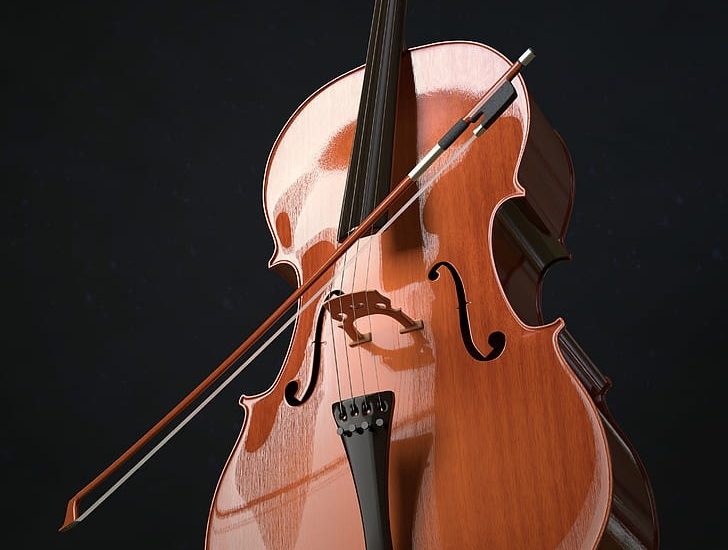Setting up a cello bow is relevant to its sound and playability. This is why it is essential to set up a cello bow in the proper and gentle way. A cello bow that has not been set up or has been set up in an unrecommended way will make it hard for the musician as it will have problems with the playability and the sound it produces.
Here are some ways on how to properly set up and prepare your cello bow:
-
Replace worn-out bow hairs
Bow rehairing happens once annually or every two years depending on the user. If you are an average student, then the former is suggested. But if you are a performer or a musician, it would take more than once every six months.
The usual signs that your cello bow hairs need a new replacement are when there are broken hairs on one side than the other, losing strands in the middle, and the color is fading and starting to smell. If your cello bow hair is starting to have these signs and symptoms, then it is time to have it replaced by a professional.
-
Tighten the bow hair
The cello bow’s sound depends on the tightness of the bow hair. Too tight or too loose may prevent your instrument from producing rich sounds — one of the reasons why you should learn how to mix its best tension formula.
Most questions would probably be, “How can we tell if it is tight?” Frankly, there is no perfect and standard way on how to tighten a bow hair. But what you can do is observe its playability. If it glides well, play smoothly, and overall does not cause problems every time you play, then it is all good. Bow hairs that are too tight are often challenging to control.
-
Apply Rosin
Another significant cello accessory is rosin. Applying rosin creates the perfect balance of playability between the hairs and the user for smooth, consistent friction. Similar to tightening the bow hair, it is challenging to find the exact rosin balance. Too much application of rosin may result in difficulty in moving the bow as well as sounding raspy, while little to minimal rosin application may produce inconsistent to subtle sounds.
-
Wipe off any residue
Preparing a cello bow should not either be too much or too little. Rather, it should sit between an equalizer, the middle — the perfect balance. Applying too much does not mean it will result in something greater. Remember, cello bow is about creating exact harmony. So make sure to wipe off any residue from all products that you apply during and after each use.
Conclusion
Cello bows are naturally delicate musical instruments. The same goes for its other string instrument family. From the selection process up to the setting up and to the playability, it should be treated gently and with care. Otherwise, serious problems may arise leaving you with a broken instrument.
On the other hand, you can always have a professional set it up for you. It may be costly but at least the assurance for the quality of their work is unmatched. Nonetheless, you can set it up in the comfort of your own home with these guidelines.


